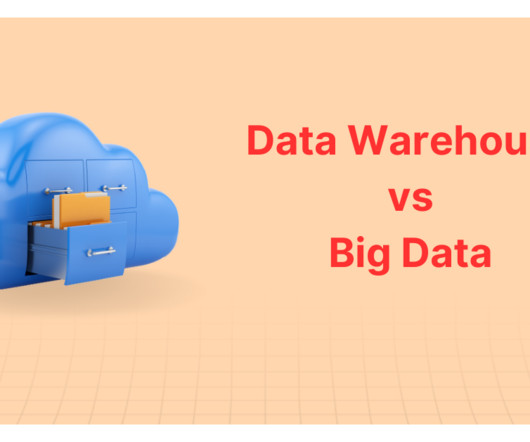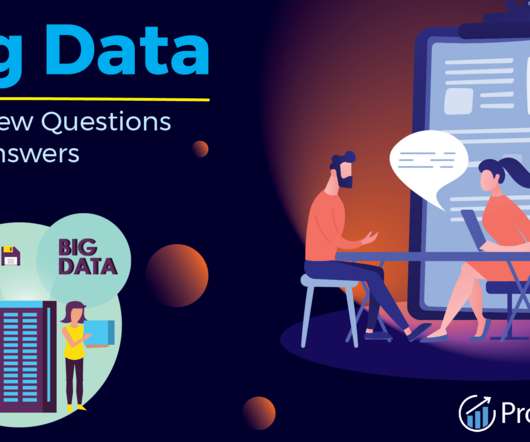How to Crack Amazon Data Engineer Interview in 2025?
ProjectPro
JUNE 6, 2025
AWS Data Engineer Interview Questions and Answers Explore AWS-focused questions and answers in this segment, encompassing data warehouse, Redshift, Glue, and overall cloud architecture, providing a comprehensive understanding of AWS services crucial for Amazon Data Engineering roles.





















Let's personalize your content